Unveiling the untamed beauty of the Masai Mara, nature’s captivating theater, lies an elusive feline, silently ruling over the vast plains. Enter the world of the Caracal, an enigmatic creature that commands both awe and reverence in the heart of Africa. Roaming amidst the golden grasslands and thorny acacia trees, this majestic wildcat remains a captivating enigma waiting to be unraveled. With its dexterous strides and piercing amber eyes, the Caracal emerges as an ethereal masterpiece, a true testament to the wonders of the animal kingdom. Join us on a remarkable journey as we delve into the realm of the Caracal in the mighty Masai Mara, where nature’s secrets intertwine with the rhythm of life itself.
Table of Contents
- Defying Expectations: Discovering the Elusive Caracal in Masai Mara National Park
- Unveiling the Mysteries: Behaviors and Habits of the Caracal in Masai Mara National Park
- Preserving the Caracal’s Habitat: Balancing Conservation and Human Interactions in Masai Mara National Park
- Exploring Conservation Efforts: Initiatives to Safeguard the Caracal Population in Masai Mara National Park
- Appreciating the Caracal’s Ecological Importance: Its Role in Maintaining Biodiversity in Masai Mara National Park
- Promoting Sustainable Tourism: Responsible Practices to Safely Observe Caracals in Masai Mara National Park
- Q&A
- Insights and Conclusions
Defying Expectations: Discovering the Elusive Caracal in Masai Mara National Park
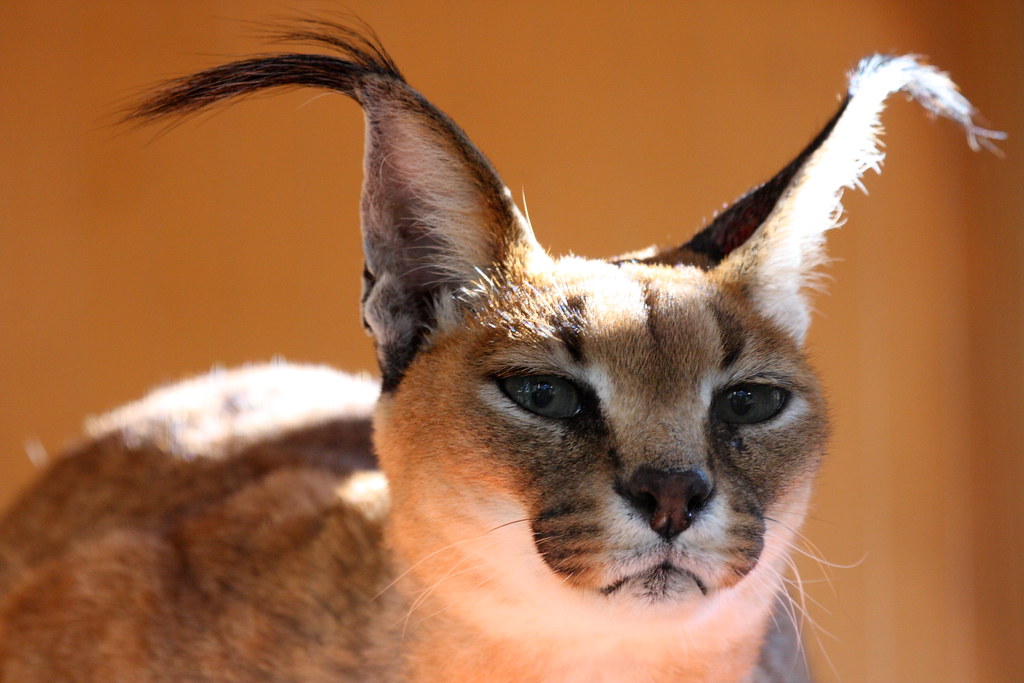
Masai Mara National Park is renowned for its diverse and abundant wildlife, but there is one elusive predator that often goes unnoticed – the caracal. This medium-sized wild cat, with its distinctive tufted ears and powerful build, is a true testament to the park’s biodiversity.
Caracals in Masai Mara National Park are masters of disguise, blending seamlessly into their surroundings as they roam the savannah in search of prey. Their stealthy nature and incredible agility make them highly efficient hunters, able to take down much larger prey than their size would suggest. With their unique adaptations and secretive behavior, caracals offer a fascinating challenge for wildlife enthusiasts and photographers seeking to capture their elusive beauty.
Unveiling the Mysteries: Behaviors and Habits of the Caracal in Masai Mara National Park
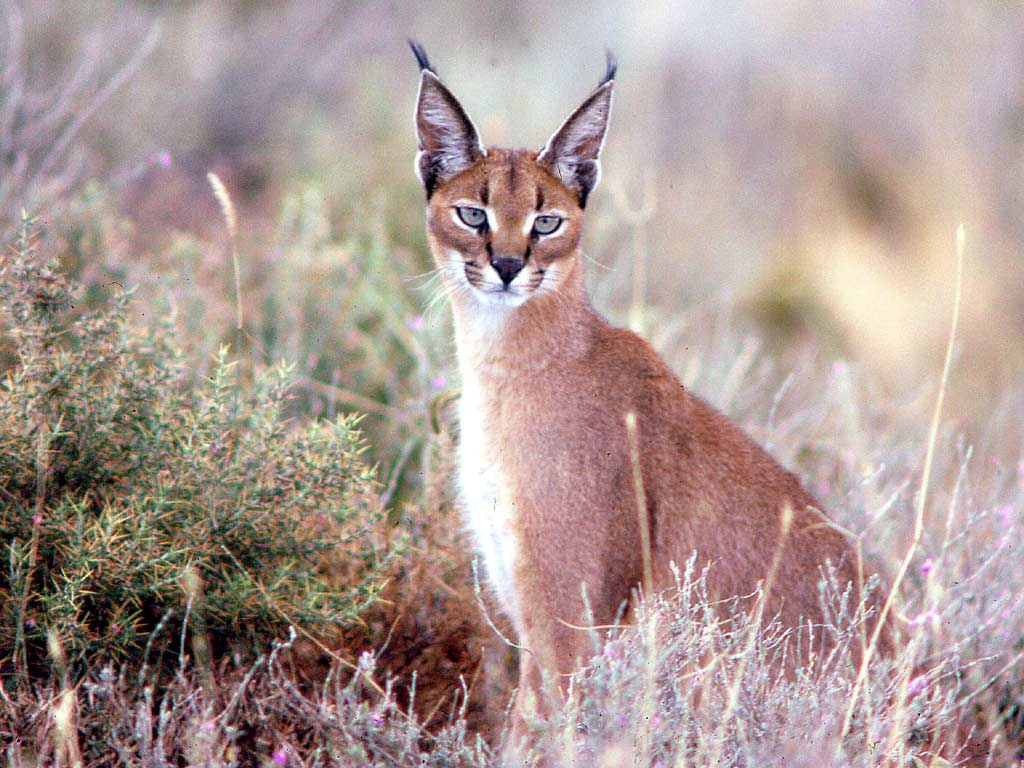
The captivating Masai Mara National Park, renowned for its awe-inspiring wildlife, serves as a mysterious haven for one enigmatic creature: the Caracal. This elusive feline, adorned with its distinct reddish-brown coat and tufted ears, roams the vast savannah with an air of mystery and grace.
<p>Embracing nocturnal tendencies, the Caracal becomes a true master of stealth under the cover of darkness. With astonishing agility and keen senses, it navigates the rugged terrain of Masai Mara, captivating both researchers and wildlife enthusiasts alike. Here are noteworthy behaviors and habits that have unraveled the secrets of this remarkable inhabitant:</p>
<ul>
<li><strong>Hunting Techniques:</strong> The Caracal's skillful hunting techniques are nothing short of remarkable. This feline has adapted to an astonishing variety of prey, including small mammals, birds, and even young antelopes. With exceptional accuracy and agility, it utilizes its impressive vertical leap to surprise and pounce on unsuspecting prey from the depths of the savannah grass.</li>
<li><strong>Adaptability:</strong> Surviving within the diverse ecosystems of Masai Mara National Park is no easy feat, but the Caracal has mastered the art of adaptability. From arid savannahs to dense woodlands, this versatile creature gracefully maneuvers through its ever-changing environment, offering researchers intriguing glimpses into its mysterious world.</li>
<li><strong>Solitary Nature:</strong> Unlike many other feline species, the Caracal prefers a solitary lifestyle. It ventures forth alone, exuding independence and self-sufficiency. Researchers believe this solitary nature allows it to claim a wider territory, enabling it to establish its dominance and secure essential resources within the vast expanse of Masai Mara.</li>
</ul>
<p>As the sun sets over the legendary Masai Mara National Park, the Caracal emerges from shadows, a symbol of the untamed wilderness at its most captivating. Its mysterious behaviors and elusive habits continue to unravel, enchanting and educating us about the delicate balance of life in this remarkable ecosystem.</p>Preserving the Caracal’s Habitat: Balancing Conservation and Human Interactions in Masai Mara National Park
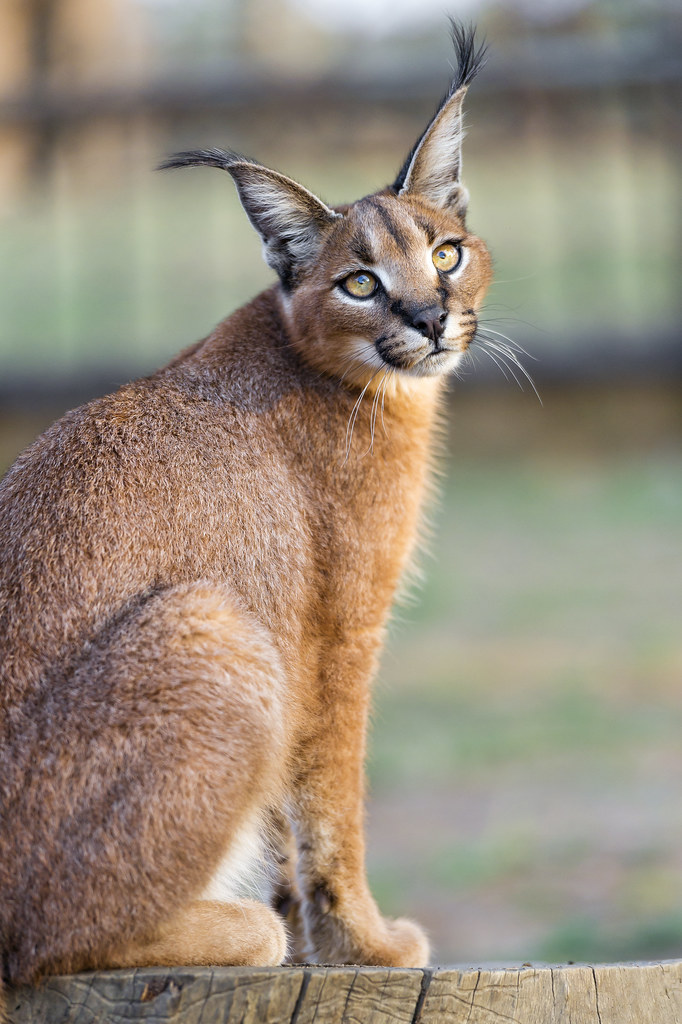
Description of the Caracal
The Caracal, also known as the African lynx, is a fascinating and elusive creature that calls the Masai Mara National Park its home. This medium-sized wild cat with its distinctive tufted ears and graceful movements is a sight to behold. The Caracal has a varied diet that includes small mammals, birds, and even insects. They have the remarkable ability to leap up to three meters in the air to catch their prey, showcasing their agility and hunting prowess.
Importance of Preserving the Caracal’s Habitat
The Caracal’s habitat in the Masai Mara National Park is vital for the overall ecological balance of the region. As an apex predator, the Caracal plays a crucial role in regulating the population of smaller mammals and birds, which helps maintain the equilibrium of the ecosystem. Additionally, the presence of the Caracal indicates a healthy habitat, as it requires a vast range to roam and hunt freely.
However, with the increasing human interactions in the park, the preservation of the Caracal’s habitat has become a challenging task. The encroachment of human settlements, illegal poaching, and habitat destruction pose significant threats to the survival of this magnificent creature. Hence, striking a delicate balance between conservation efforts and human activities is crucial to ensure the long-term survival of the Caracal in the Masai Mara National Park.
Exploring Conservation Efforts: Initiatives to Safeguard the Caracal Population in Masai Mara National Park
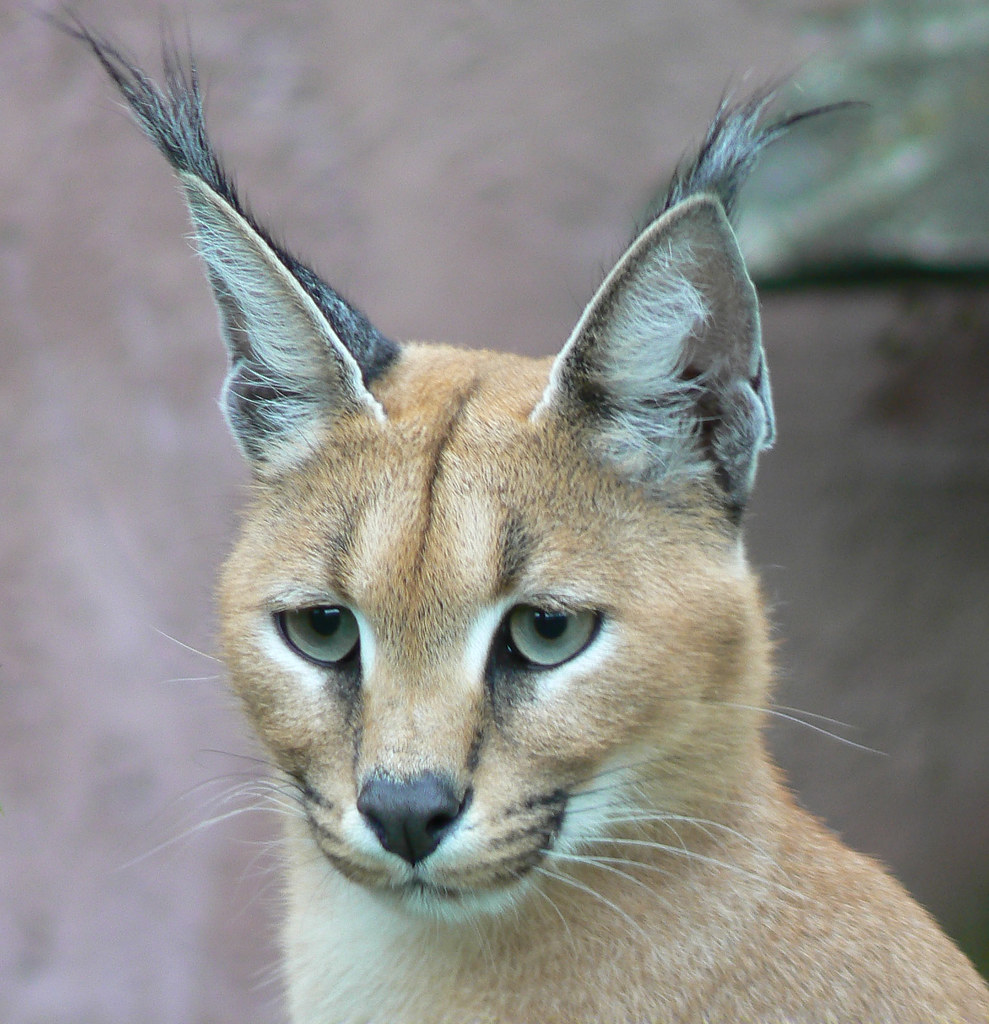
The vast savannah of Masai Mara National Park is home to a stunning array of wildlife, including the elusive and captivating caracal. This medium-sized wild cat, with its distinctive tufted ears and sleek physique, is a majestic sight to behold. However, the caracal population in this breathtaking landscape is facing numerous challenges, which have prompted the implementation of various conservation initiatives to safeguard its future.
One of the key efforts in preserving the caracal population in Masai Mara National Park is the establishment of protected areas within the park. These designated zones provide a safe haven for the caracals, ensuring that they have ample space to roam, hunt, and reproduce. Furthermore, these areas are closely monitored and patrolled to prevent any disruption or harm to the caracals, allowing them to thrive undisturbed.
In addition to protected areas, another crucial initiative focuses on raising awareness among local communities and tourists about the importance of conserving the caracals. Educational programs, workshops, and community engagement activities have been implemented to inform people about the caracal’s ecological significance and the role they play in maintaining the delicate balance of the biodiversity in Masai Mara National Park.
Through these collective efforts, the caracal population in Masai Mara National Park is being safeguarded, allowing future generations to witness the beauty and grace of these magnificent creatures in their natural habitat. But it is imperative that we continue to support and promote these conservation initiatives to ensure the long-term survival of the caracal population and the preservation of the unique ecosystem of Masai Mara National Park.
Appreciating the Caracal’s Ecological Importance: Its Role in Maintaining Biodiversity in Masai Mara National Park

The Caracal, also known as the Desert Lynx, is an elusive and mysterious big cat that plays a crucial role in maintaining the delicate balance of biodiversity within the Masai Mara National Park. This magnificent feline has adapted perfectly to the park’s unique ecosystem, showcasing its ecological importance in various ways.
Firstly, the Caracal possesses exceptional hunting skills, making it a top predator within the park. With its keen eyesight, agility, and remarkable jumping abilities, it preys on a wide range of small to medium-sized mammals such as rodents, hares, and even young antelopes. By controlling the population of these prey species, the Caracal helps regulate the natural balance of the ecosystem, preventing their overpopulation, which could lead to habitat degradation and a decline in overall biodiversity.
Promoting Sustainable Tourism: Responsible Practices to Safely Observe Caracals in Masai Mara National Park
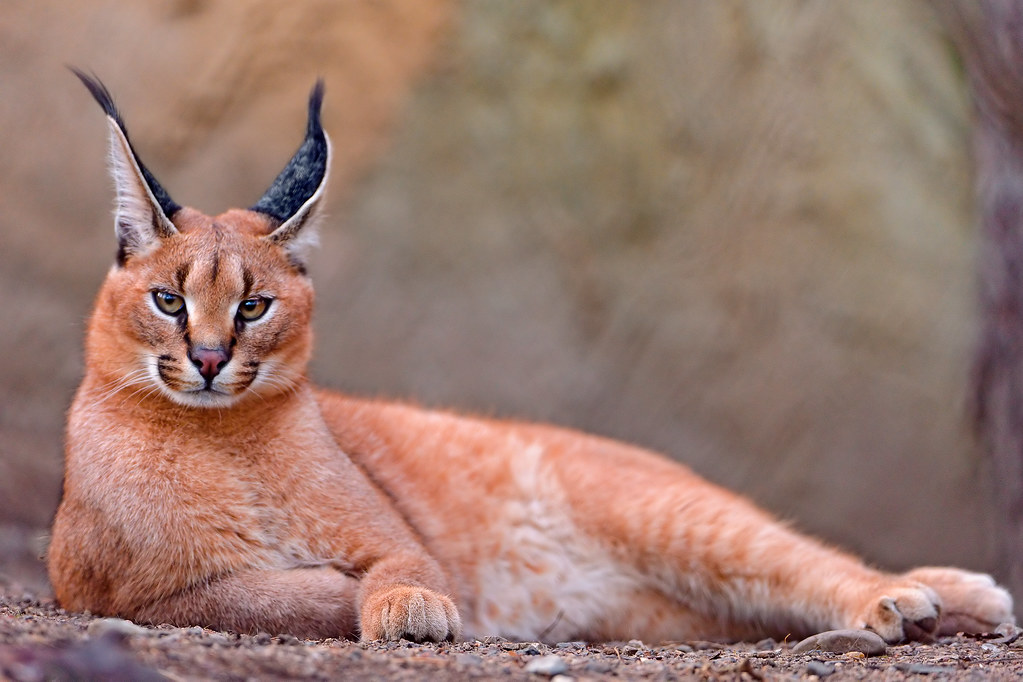
Masai Mara National Park is a mesmerizing sanctuary that provides a perfect habitat for the elusive and enchanting Caracal, an African cat revered for its agility and distinctive tufted ears. By following responsible practices, you can have an incredible experience observing these graceful creatures while ensuring their safety and contributing to the preservation of this unique ecosystem.
1. Engage in Ethical Wildlife Encounters: Admire Caracals in their natural habitat from a distance, using binoculars or a camera lens to minimize disturbance. Keep noise levels low to avoid causing them unnecessary stress or interfering with their daily routines. Remember, observation should be passive rather than intrusive, allowing these magnificent felines to navigate their territory undisturbed.
2. Support Local Conservation Efforts: Masai Mara National Park is a cornerstone of wildlife conservation in Africa. When visiting, contribute to the park’s sustainable development by choosing reputable eco-friendly tour operators and lodges. These businesses often allocate a portion of their proceeds for community-based conservation initiatives, ensuring the preservation of Caracals and their habitat. By consciously supporting these efforts, you become an active participant in safeguarding the delicate balance between tourism and wildlife protection.
Q&A
Q: What is the significance of the Caracal in Masai Mara?
A: The Caracal, an elusive yet captivating feline, holds a prominent place in the unique ecosystem of Masai Mara. Its presence adds an enchanting dimension to wildlife enthusiasts and researchers alike.
Q: What distinguishes the Caracal from other African big cats?
A: The Caracal stands out from its counterparts due to its distinctive tufted ears which give it a regal appearance. Unlike the more commonly known big cats, Caracals are relatively smaller in size, but don’t be fooled by their compact build - they are skilled hunters.
Q: How does the Caracal adapt to the harsh conditions of the Mara?
A: Highly adaptable, the Caracal has mastered the art of surviving in the arid and grassy plains of Masai Mara. They are known to possess incredible agility, stealth, and keen senses, enabling them to hunt and thrive even in seemingly inhospitable environments.
Q: What is the hunting behavior of Caracals in Masai Mara?
A: Caracals demonstrate remarkable hunting prowess, relying on their exceptional leaping abilities to catch agile prey such as birds and small mammals. Their ability to jump up to ten feet in the air allows them to surprise their target with precision and accuracy.
Q: Are Caracals known to be social animals?
A: Caracals are primarily solitary animals, preferring to live and hunt alone. They often establish territories within Masai Mara, defending them from other individuals of their own species.
Q: How essential is the conservation of Caracals in Masai Mara?
A: The conservation of Caracals is crucial to maintaining the biodiversity and ecological balance of Masai Mara. Preserving their habitat and preventing human-wildlife conflict is vital for the long-term sustainability and overall well-being of these magnificent creatures.
Q: Are there any threats faced by the Caracals in Masai Mara?
A: Caracals in Masai Mara face various threats, including habitat loss, retaliatory killings due to conflict with livestock owners, and illegal wildlife trade. These factors contribute to the decline in Caracal populations, necessitating a concerted effort for their protection.
Q: How can tourists contribute to Caracal conservation in Masai Mara?
A: Tourists can play a meaningful role in Caracal conservation by supporting responsible tourism practices, participating in guided safaris with certified guides who prioritize sustainable wildlife experiences, and raising awareness about the challenges faced by Caracals among their fellow travelers.
Q: What ongoing research and conservation efforts are being carried out to protect Caracals?
A: Dedicated researchers and conservation organizations are actively involved in ongoing efforts to study Caracal behavior, monitor their populations, and implement measures to mitigate threats to these magnificent felines. Their work serves as a cornerstone for the preservation of Caracals in Masai Mara.
Q: What makes encountering a Caracal in Masai Mara a truly remarkable experience?
A: Encountering a Caracal in the vast plains of Masai Mara is a rare and awe-inspiring experience. The captivating beauty and remarkable adaptations of these elusive creatures leave an indelible mark on the hearts and minds of those fortunate enough to witness them, fostering a deep appreciation for the wonders of the natural world.
Insights and Conclusions
As we bid adieu to the captivating world of the Caracal, we are left with a renewed appreciation for the enigmatic mysteries that nature holds. From its striking appearance to its remarkable abilities, this feline marvel continues to mesmerize both researchers and wildlife enthusiasts alike.
While the Caracal’s intrinsic relationship with stealth and agility is undeniably awe-inspiring, it is crucial to acknowledge the challenges they face in the modern world. Habitat loss, poaching, and human encroachment threaten to diminish the presence of these majestic creatures, urging us to safeguard their existence for generations to come.
The allure of the Caracal, with its iconic tufted ears and bold demeanor, encapsulates the essence of what makes our planet so diverse and awe-inspiring. Its graceful yet resilient nature serves as a powerful reminder that within the animal kingdom, true beauty goes beyond what meets the eye.
So, as we reflect upon the stories shared and the extraordinary encounters we’ve had with the Caracal, let us not only revel in the wonder of this charismatic feline but also embark on the responsibility to protect and conserve its natural habitat. For, it is only through our collective efforts that we can ensure the Caracal’s indefinite reign, allowing future generations to delight in the ethereal presence of this enigmatic creature.
As the sun sets on our exploration of the Caracal, let its story pique our curiosity for the countless other untold chapters Mother Nature continues to unfold. In every corner of the wilderness, we may find yet another marvel waiting to enthrall us, encouraging us to embrace the magical wonders that lie just beyond our doorstep.




